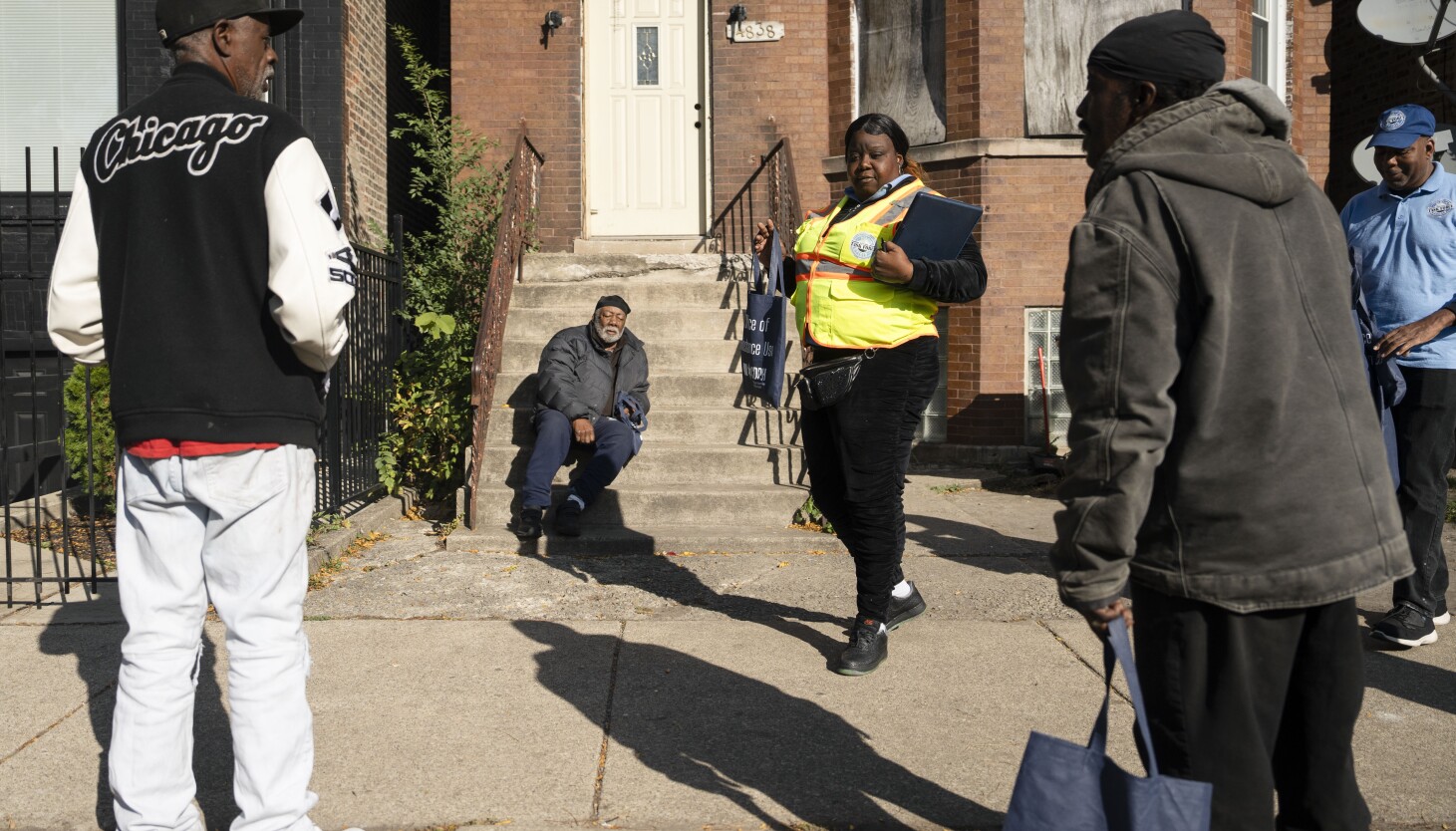Partnering with Newsrooms to Uncover the Impact of Opioids on Black Men
A National Investigation
The New York Times, the Baltimore Banner, and the Chicago Sun-Times partnered to investigate the invisible toll that opioid overdoses have taken on an entire generation of now-older Black men. The project, which used statistical models and Freedom of Information Act requests, uncovered a previously unknown pattern of elevated overdose death rates in Black men born between 1951 and 1970.
Chicago’s Story
Frank Main, a reporter at the Chicago Sun-Times, was brought in to report on the issue. He had previously reported on the impact of opiates in Chicago, including a court program that aimed to provide help rather than prison sentences for those struggling with addiction. Main’s initial thought was that older Black men were at a higher risk of dying due to pre-existing health conditions, but after speaking with reporters at The Times and The Banner, he realized that this generation has been at the highest risk for decade after decade.
Insights from Black Men Who Survived
Main called a judge who runs Cook County’s drug court to set up interviews with five lifelong substance-abuse survivors who had opened up about why they began taking heroin as young men and described the trail of loss they’d experienced over the years. The reporters also spoke with medical experts, community leaders, and the families of those who had died from opioid overdoses.
Data Analysis and Mapping
Main dived into the Cook County medical examiner’s data portal to gather information on Black men born from 1950 to 1971 who died of opioid poisoning in 2024. The reporters then mapped where the deaths occurred and filed a Freedom of Information Act request for the autopsy reports of every one of those men. They spent weeks reading each report and logging information about each death, which pointed to possible solutions and ways that healthcare providers might better target this generation for treatment in the future.
Conducting Interviews and Research
Malagón and Thompson hit the streets, riding along with a West Side community organization that provides opioid-addiction-reversal medication to people in high-risk areas. They also interviewed medical experts and community leaders in parts of the city that have been hard-hit by the opioid crisis. All of the reporters reached out to the families of the victims of the fatal overdoses, many of whom were worried about the stigma of overdose deaths.
Conclusion
The collaboration between The New York Times, the Baltimore Banner, and the Chicago Sun-Times resulted in a powerful and insightful investigation into the impact of opioids on an entire generation of Black men. The project’s findings highlighted the need for targeted solutions and healthcare programs to address the crisis and reduce the devastating impact it has on this community.
FAQs
Q: What was the goal of the investigation?
A: The goal was to uncover the invisible toll that opioid overdoses have taken on an entire generation of now-older Black men.
Q: How did the reporters gather their data?
A: The reporters used statistical models, Freedom of Information Act requests, and interviews with experts and community leaders to gather their data.
Q: What did the data reveal?
A: The data revealed a previously unknown pattern of elevated overdose death rates in Black men born between 1951 and 1970.
Q: How did the investigation impact the community?
A: The investigation brought attention to the crisis and highlighted the need for targeted solutions and healthcare programs to address it.


